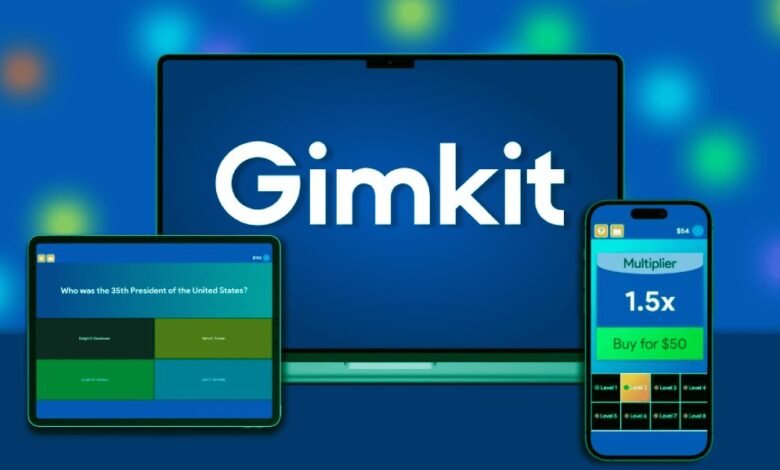
Gimkit has become a popular tool in classrooms, offering an interactive and fun way for students to engage with educational content. But if you’re new to Gimkit, you might wonder how many players can join a game simultaneously. Whether you’re planning to use it in a classroom, a group project, or a virtual gathering, understanding the player’s limits is essential to maximizing the tool’s effectiveness.
In this article, we’ll explain the answer to that key question, explore different game modes, and share some tips for making the most of your Gimkit experience.
The Player Limit for a Gimkit Game
The great news? Gimkit can host hundreds of players at once! The platform itself does not set a hard cap, and teachers have successfully hosted games with over 500 participants in certain cases. However, the actual number of players who can join and have a smooth experience may depend on a few important factors.
Factors Affecting Player Capacity
- Type of Gimkit Account
There are free and paid versions of Gimkit. While the free version offers plenty of functionality, the paid version—Gimkit Pro—comes with more advanced features and likely better support for larger games. For instance, Pro users can run longer game sessions and explore more game modes, which might be more demanding on system resources, especially with larger groups. - Device and Internet Quality
The number of players you can host also depends on the internet connection and the devices participants are using. For a smooth experience with hundreds of players, both the host and participants should have reliable internet connections and updated devices. Poor connections can lead to lagging or disconnects, especially in more giant games. - Game Mode
Gimkit offers several game modes, each varying in complexity. Some modes, like Classic or Team Mode, are straightforward and work well for larger groups. Others, like Trust No One (a social deduction mode similar to “Among Us”), require more intensive processing, which could limit the number of players you can host without issues. If you’re planning a game with hundreds of participants, sticking to more straightforward modes might be the best option.
Ideal Group Sizes for Different Situations
- Classroom Use (10-50 Players): Gimkit easily handles 10 to 50 players in the average classroom or small group. This is perfect for in-person or virtual learning, where students can engage with quizzes, tests, and challenges in real time. It encourages friendly competition and keeps everyone engaged.
- Significant Group Events (50-200 Players): For school-wide events, virtual gatherings, or training sessions, you can easily host up to 200 players. As long as the internet connection and devices are up to par, Gimkit should handle this with minimal issues. If you’re hosting a significant event, a game mode like Classic is ideal because it’s easy to manage.
- Very Large Games (200+ Players): Although Gimkit can technically support games with more than 200 players, at this point, you may run into some challenges with performance, especially if your internet connection or devices aren’t high-quality. Still, it’s possible to engage hundreds of students in large-scale games, especially if you test everything ahead of time to ensure smooth gameplay.
Tips for Hosting Large Gimkit Games
- Test the Game Beforehand
If you’re planning to host a significant event, it’s a good idea to test the game with a smaller group first. This way, you can iron out any issues related to internet connectivity, device compatibility, or game mode selection. - Use a Stable Internet Connection
Ensure both the host and participants are using stable, high-speed internet connections. For the host, a wired connection is ideal to avoid any potential lag that might disrupt the game. - Monitor the Game
Monitor performance during the game, especially when hosting more than 100 players. Encourage participants to report any issues they encounter and be ready to make adjustments if needed. - Break Large Groups Into Teams
If you’re worried about performance or want to add an extra layer of competition, consider breaking large groups into smaller teams. Gimkit’s Team Mode allows participants to work together in groups, reducing the load on the system while keeping the game interactive and fun.
Conclusion
Gimkit code is an incredibly versatile tool that can accommodate a wide range of group sizes, from small classroom activities to massive group events with hundreds of participants. While there’s no strict limit on the number of players who can join a game, it’s essential to consider factors like account type, internet connection, and game mode to ensure a smooth experience.



